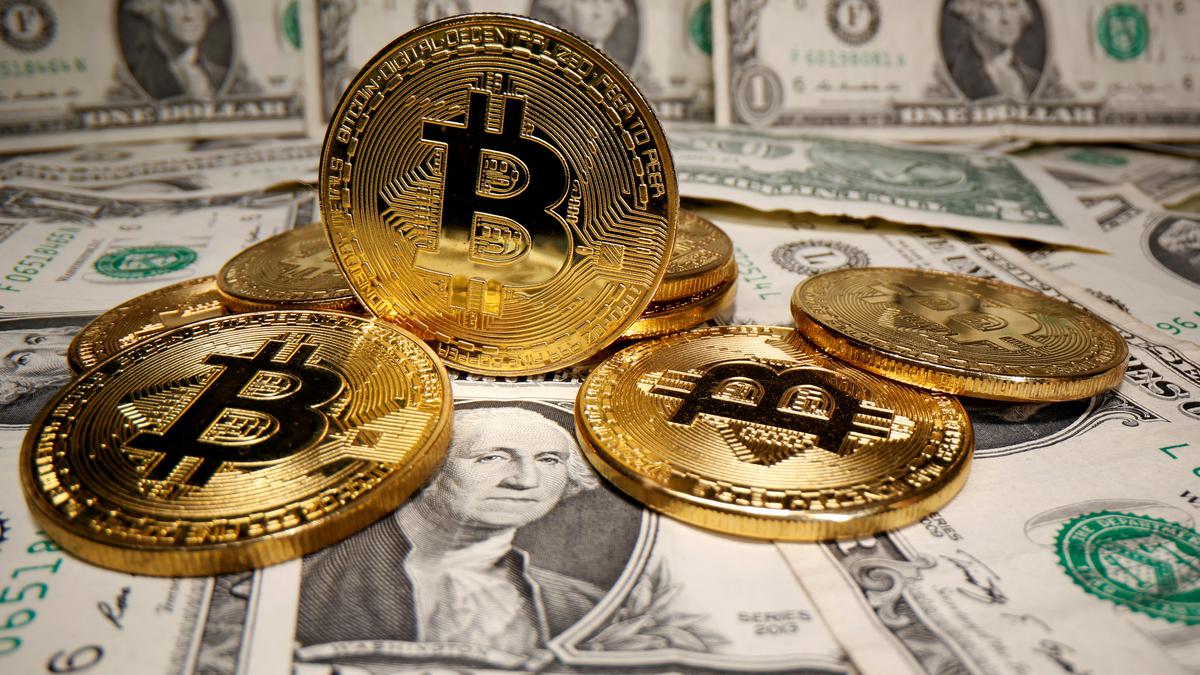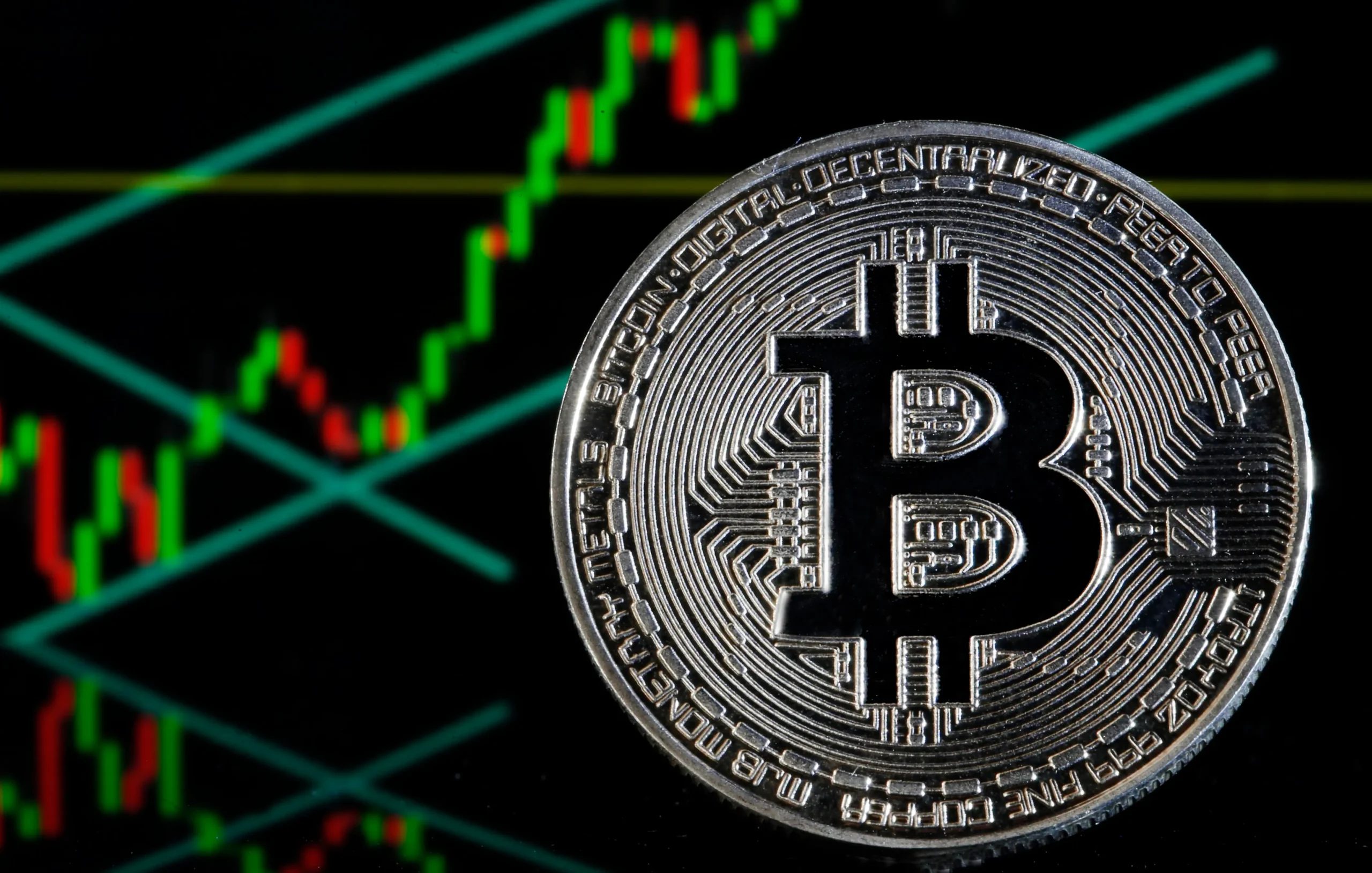A new milestone in Bitcoin’s (BTC) journey to 2025 has bitcoin Hits $106 Inflatio hasn been reached with its ascent to $106,000, which is a fantastic development for the cryptocurrency market. There is a correlation between this meteoric climb and recent economic data, most notably the disappointing US GDP numbers. Given the current state of the economy, Bitcoin’s appeal as an inflation hedge and substitute for more conventional assets has only grown, further entrenching it in the financial system.
Bitcoin’s Recent Surge
Several interrelated variables have contributed to the rise of Bitcoin’s value. Bitcoin Hits $106 Inflation One reason people are worried about the economy is that it has grown slower than predicted, according to recent data. Forecasts for GDP growth fell short, prompting economists to warn of possible downturns and inflationary pressures. Many people in these kinds of situations look for other ways to invest their money.
Furthermore, Bitcoin’s image as digital gold is becoming more popular. In recent years, Bitcoin’s story has changed, with many investors seeing it as a hedge against conventional economic uncertainty as much as an investment. Many perceive Bitcoin as a safe haven from the rising tide of government spending and inflation, which threatens their ability to buy goods and services.
Inflation Hedge Narrative
Considering that inflation rates are still above average, the allure of Bitcoin Hits $106 Inflation Bitcoin as a protection against inflation is stronger than ever. Worries that the buying power of the dollar could decline even more have been stoked by recent economic statistics indicating that consumer prices are on the rise. Assets seen as having a high resistance to inflation are drawing.

The limited number of 21 million bitcoins lends credence to the cryptocurrency’s perceived scarcity, in stark contrast to the infinite supply of conventional currencies. During unpredictable economic cycles, Bitcoin’s attractiveness stems from this inherent characteristic. Large financial institutions and individual investors are showing interest in Bitcoin’s deflationary approach as discussions about sustainable monetary policies intensify.
Institutional Adoption and Market Sentiment
Institutional interest in Bitcoin has grown with its price. Banks, asset management businesses, and hedge funds are adding Bitcoin to their portfolios. Institutional investment legitimizes cryptocurrencies and brings large cash inflows that can boost prices. Bitcoin’s growth potential and capacity to hedge against economic uncertainty have garnered attention from several prominent financial firms in recent months.
The climb to $106,000 has been accompanied by stories. Large investment funds are increasing Bitcoin allocations. indicating the rising acceptance of cryptocurrencies. In traditional finance. Positive market optimism also supported the rally. Bitcoin debates on social media and forums have surged. Especially among retail investors. FOMO affects market behavior. And as price points rise, more people enter the market, fueling the rally.
Technical Analysis and Market Dynamics
Bitcoin’s rise to $106,000 has also been helped by technical. Support levels and optimistic trade signals. A bullish trend is indicated by rising highs. A firm support base, according to analysts. Moving averages and other indications show shor. To medium-term upward momentum, prompting traders to speculate on higher price goals.
There’s optimism in Bitcoin, but the cryptocurrency market is volatile. Price adjustments are common, therefore, traders must monitor market and macroeconomic variables. As Bitcoin approaches psychological levels, profit-taking and market declines may escalate, so investors should be prepared.
Broader Implications for the Cryptocurrency Market
There are ramifications for the whole cryptocurrency sector as a result of Bitcoin’s price surge. With investors looking to diversify their portfolios, numerous cryptocurrencies are also seeing increased momentum, following Bitcoin’s lead. As more and more people become interested in the cryptocurrency ecosystem as a whole, trading volumes for Ethereum, Binance Coin, and other cryptocurrencies are going up.

All things considered, the cryptocurrency business is becoming more legitimate thanks to the increased focus on Bitcoin. The regulatory landscape is always evolving as a result of ongoing conversations and reforms. With the arrival of more institutional players, we may expect clearer regulations, which could lead to an even stronger investment climate.
Bitcoin Future Outlook
In terms of the future, the most important things to consider are whether or not Bitcoin can stay above $106,000 and how the influence of macroeconomic forces on the cryptocurrency market will persist. The present trend is encouraging, but Bitcoin’s future course will be heavily influenced by variables outside its control, including monetary policy, inflation rates, and international economic circumstances.
The stability of Bitcoin will be put to the test as long as economic indices keep changing. Preparation for possible headwinds, such as regulatory reforms and global market corrections, is crucial, according to financial experts. Nonetheless, many experts continue to believe that Bitcoin will develop into a significant asset class in diversified portfolios. Therefore, the long-term picture is still bright.
Read More: Bitcoin at a Crossroads Consolidation and Future Price Outlook
Conclusion
Going beyond a simple price point, Bitcoin’s ascent above $106,000 marks a larger change in the way investors view cryptocurrencies in comparison to more conventional economic indicators. Bitcoin is being seen as a stabilizing asset and a hedge against inflation as the macroeconomic landscape changes. Bitcoin has all the makings of a future market leader thanks to institutional investment, a bullish market Bitcoin hits $106 inflation sentiment, and constant technical improvements. Experienced investors, iand nstitutional actors.









